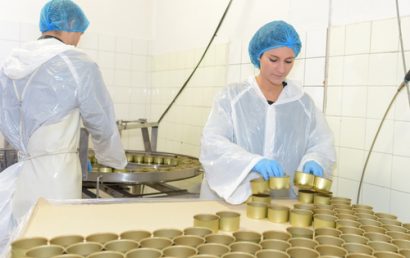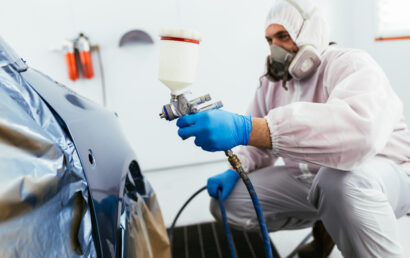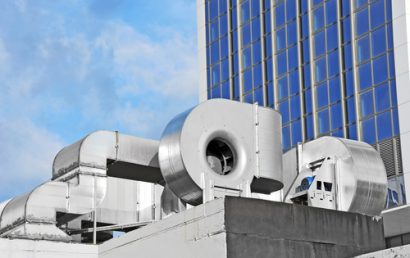Need Petrochemical Tank Coatings To Help Protect Critical Surfaces?
Petrochemical tank coatings are a crucial consideration in the industry, particularly when you think about the contents of those storage tanks. For the protection of the environment, and for the sake of public health, it is critical that they remain structurally sound. Due to its strength, to protect and hold their products, steel is frequently used by the petrochemical industry.
Unfortunately, the damaging effects of corrosion make steel a vulnerable metal. So, on tank surfaces, the use of protective coatings becomes necessary. The project of coating these tanks can be greatly influenced by the environment quality in which the coatings are applied.
Suffering the Costs of Corrosion
Petrochemical industry-related corrosion expenses have considerable impact financially on manufacturing, production, utilities, transportation, and US infrastructure. Billions of dollars have been racked up in costs due to corrosion, such as in the following cases:
- Gas and oil production and exploration
- Pharmaceutical, chemical, and petrochemical production
- Petroleum refining
- Liquid and gas transmission pipelines
- Corrosion in underground and aboveground hazardous materials storage tanks
Petrochemical Tank Coatings Are Essential For Surface Preparation
Yes, financial setbacks are a result of corrosion. But because of what’s stored in these tanks – flammable and hazardous materials – corrosion also poses numerous environmental, safety, and health risks. The performance, design, and strength of original tanks is better insured by surface preparation and coating, as well as regular tank maintenance, while preserving the contents of each tank.
Creating a barrier between the environment and a surface, protective petrochemical tank coatings help control and prevent corrosion. Fault lines which are susceptible to fatigue failure form when a coating fails, and corrosion persists. This increases the risk of leaks and decrease the structural integrity of the tank. Further driving maintenance costs, costly steel renewals might be required on tanks in affected areas, without proper corrosion management.
In the creation of an environment that encourages the successful preparation and coating of a tank, temporary climate control technologies are exceedingly useful. To keep surfaces free of debris and salts, ventilation systems are used. Regardless of the weather, to keep relative humidity low and maintain ideal temperatures, temperature and humidity controls are used.
Best Practice Coating Tips And Tank Surface Preparation
The following should be kept in mind when preparing tank surfaces for coating and when applying the coatings themselves:
- Before, during, and after the application process of a coating, ideal relative humidity levels and temperatures must be maintained.
- During the preparation process and surface cleaning, ideal relative humidity and temperature levels must be maintained.
- Edges must be prepared.
- The surface to be treated/coated must be kept clean.
A&A Coatings’ Petrochemical Tank Coatings Help Protect Critical Surfaces
For their protective coatings, numerous industries rely on the expertise of A&A Coatings. With over 70+ years of experience, we can assist your company by supplying the appropriate coating for your machinery, components, and various other surfaces.
What is to be gained by having your petrochemical tanks treated/coated by A&A Coatings??
- Reduce repair and maintenance costs
- Prevent corrosion
- Complete projects faster
- Prevent expensive accidents
- Reduce pollution
- Maximize the service life of tanks… and more
If you’d like to find out more about what our protective coatings can do for you and your business, or which coatings are most suitable to your situation, contact us. One of our knowledgeable representatives will be happy to assist you.



